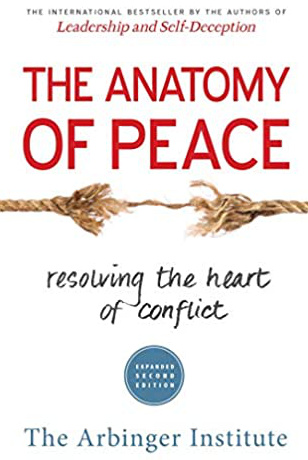Alexis Monville and I discuss The Anatomy of Peace, a pivotal book in my own personal transformation and path to discarding judgement.
Podcast: Download
Subscribe: Apple Podcasts | Android
It turns out that people in conflict value something else more highly than they value solutions. The Anatomy of Peace shows what this is and demonstrates how conflicts at home, conflicts at work, and conflicts in the world stem from the same root cause. Furthermore, the book shows how we systematically misunderstand the cause and unwittingly perpetuate the very problems we think we are trying to solve. p. vii – The Anatomy of Peace
Conversation Highlights
- Alexis Monville joins me in this conversation
- Change starts with us
- Where are you coming from and who are you being?
- Others respond more to how we are being than our actual behavior
- Change start with who you are being
- Focusing more energy on helping things go right instead of fixing what is wrong
- Re-enforcing and praising behavior you want to see more of instead correcting the behavior you don’t want to experience
- It’s difficult to fake the true state of your heart (or who you are being)
- Noticing what a heart at war or peace feels like in our body
- Seeing others as a person (heart at peace) versus an object or obstacle (heart at war)
- Examining the different boxes we approach situations from
- The conflict loops that we get stuck in and blame other people for
- Judgement is usually at play when we are in conflict
- Judgement of others
- Judgement of ourselves
- When we have judgement towards ourselves we are often judging others as well
- This is a choice too
- Practicing Hoʻoponopono as an antidote to judgement
- I’m sorry
- Please forgive me
- Thank you
- I love you
- Forgiveness as an act of creation–Gary Mahler
More About The Anatomy of Peace
Credits
All songs licensed under Creative Commons


Leave a Reply